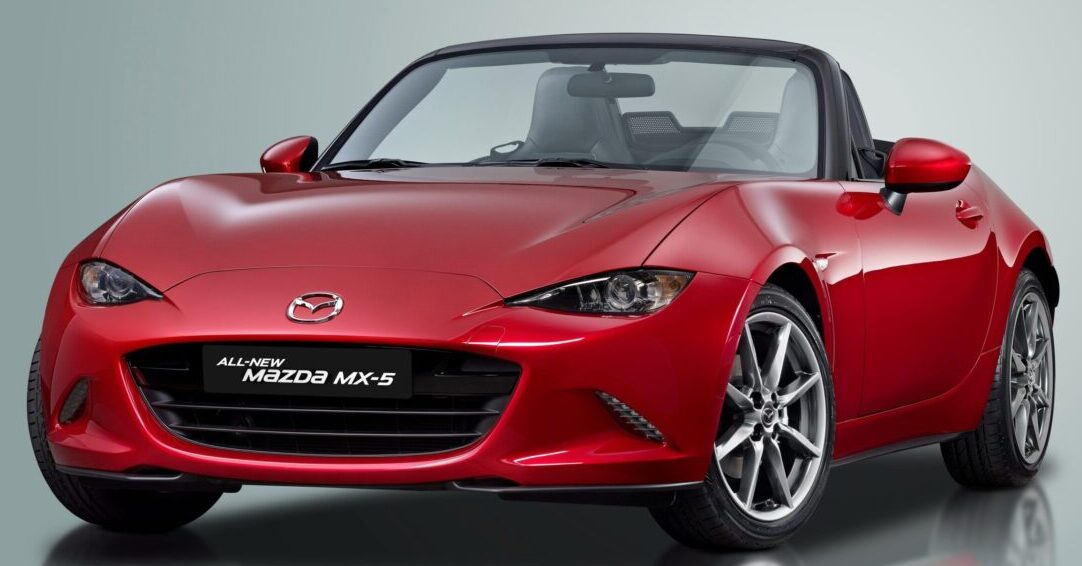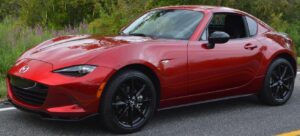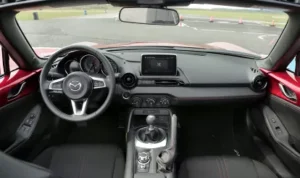Mazda Miata market trends analysis for affordable sports cars
1. Affordable sports cars: A detailed analysis of the Mazda Miata’s market trends
3. Price comparison with other models
4. Depreciation trends over time
5. Generation-specific insights
6. Overall insights and conclusions
7. Advice for value-conscious buyers
Affordable sports cars: A detailed analysis of the Mazda Miata’s market trends
The Mazda Miata is celebrated for being one of the most affordable sports cars available today. Remarkably, each generation of the Miata can be driven without suffering significant depreciation losses, making it a wise investment for car enthusiasts. However, the appreciation trends vary significantly between each generation and even within the same generation. This article delves into the latest developments in Miata price trends and provides insights on how to minimize depreciation.
Market overview
To understand the Miata market, let’s start with an overview as of the end of May. When we split the market by generations, several interesting patterns emerge. The newer ND generation Miatas are notably more expensive than their 2017 counterparts. In contrast, the price difference among older models, from the NC generation onwards, is minimal. This means that with a budget of up to $20,000, you can choose from any generation.
However, a closer look at the older generations reveals a significant price variation. This is particularly evident in the NA generation, where prices range from $6,000 for cars in poor condition to $28,000 for those in pristine shape. This variation is a classic indicator of a market where prices are on the rise.
Price comparison with other models
To put Miata prices into perspective, let’s compare them with other sports cars like the Porsche Boxster, Honda S2000, and Toyota GR86. New Boxsters are priced significantly higher than new Miatas, but this gap narrows for older models. Interestingly, the GR86 is priced similarly to the Miata, suggesting a deliberate market positioning. The S2000, often considered an affordable entry-level sports car, is actually more expensive than both the Boxster and the Miata.
Depreciation trends over time
Examining the price development over time provides deeper insights. By looking at the aggregate price development for base and RF models from July 20, 20 to early 2023, we notice that RF models are approximately $3,300 more expensive. However, both models exhibit similar market behaviors. Compared to last yearbase models have depreciated by 8.2%, while RF models have depreciated by 13.2%.
Breaking down the data by model year reveals that newer cars have lost more value than older ones. For example, the latest models have seen a depreciation of around 12%, whereas older models have only depreciated by about 7%. This suggests that if you’re considering an ND generation Miata, opting for a slightly older model could be more cost-effective.
Generation-specific insights
NC Generation
The NC generation shows a price pattern similar to the ND generation, with prices increasing between February and May but declining year-over-year. The overall drop is 8.3%, equating to approximately $1,500. Adjusting for inflation, prices are only 3.2% higher than in July 2020, indicating a relatively stable market.
NB Generation
The NB generation, currently the cheapest Miata, has seen a 4.7% price drop from last year, with prices around $17,000. This generation exhibits a different trend, with longer periods of price increases and shorter periods of declines.
NA Generation
The first-generation Miata (NA) stands out with consistent price increases since July 2020. Despite a slight slowdown in the second half of 2023, the overall trend remains strong. Prices have risen by 10.8% over the past year, reaching around $14,400. This increase is driven mainly by low-mileage, well-maintained cars.
Overall insights and conclusions
Summarizing the year-over-year price changes for each generation, we observe that newer cars tend to lose more value compared to older ones, which is typical for the automotive market. However, the differences between generations are smaller than initially anticipated. Despite the 12-year age difference between ND and NC models, and the 11-year difference between NC and NB models, the absolute depreciation amounts are relatively similar.
Comparing these trends to the broader car market, the Miata’s depreciation rates are fairly average. While newer NDs depreciate more quickly, NC and NB models are closer to the market average.
Advice for value-conscious buyers
If minimizing depreciation is a priority, avoid the latest model years (2022 and 2023), as these cars are highly sensitive to mileage and depreciation. For ND generation Miatas, consider models that are a few years old. For NB and NC generations, the depreciation rates and price levels are quite similar, so either could be a good choice. The NA generation, with its rising prices and high variability, should be viewed as a separate segment, with low-mileage examples commanding significant premiums.
In conclusion, the Mazda Miata remains a smart choice for sports car enthusiasts, offering affordable entry points and manageable depreciation across its generations. For those seeking to balance driving enjoyment with financial prudence, understanding these market trends can lead to more informed purchasing decisions.
Inspired by the analysis of our friend @fourwheeltrader. Make sure you check his other videos https://www.youtube.com/@fourwheeltrader/featured.
Are you already a proud owner of a Mazda MX-5? If so, check out our selection of parts for this car at the following link:
https://octoclassic.com/product-category/mazda/mx5
Photos sources: GTspirit, autoevolution.com, AutoGuide.com










